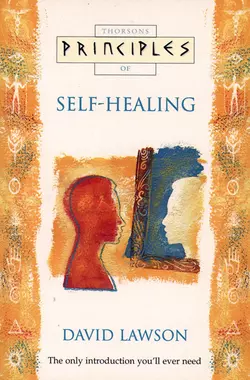Self-Healing: The only introduction you’ll ever need

David Lawson
Тип: электронная книга
Жанр: Духовная литература
Язык: на английском языке
Стоимость: 191.96 ₽
Статус: В продаже
Издательство: HarperCollins
Дата публикации: 28.04.2024
Отзывы: Пока нет Добавить отзыв
О книге: In these high pressure times we are in need of ways to relax and gain a sense of happiness and peace. There are many skills and techniques that we can master to bring healing and well-being to our minds, bodies and emotions.′This introduction includes:′Visualisations to encourage your natural healing process.Affirmations to guide, transform and inspire.Ways to develop the latent power of your mind.Techniques for gaining a deeper understanding of yourself and others.David Lawson is a leading international expert in self-help and self-healing. As a healer and teacher he runs workshops throughout the world, including many approved by Louise L. Hay, author of ′You Can Heal Your Life′. David has written several acclaimed books on the subject, including ′I See Myself in Perfect Health′, also published by Thorsons.